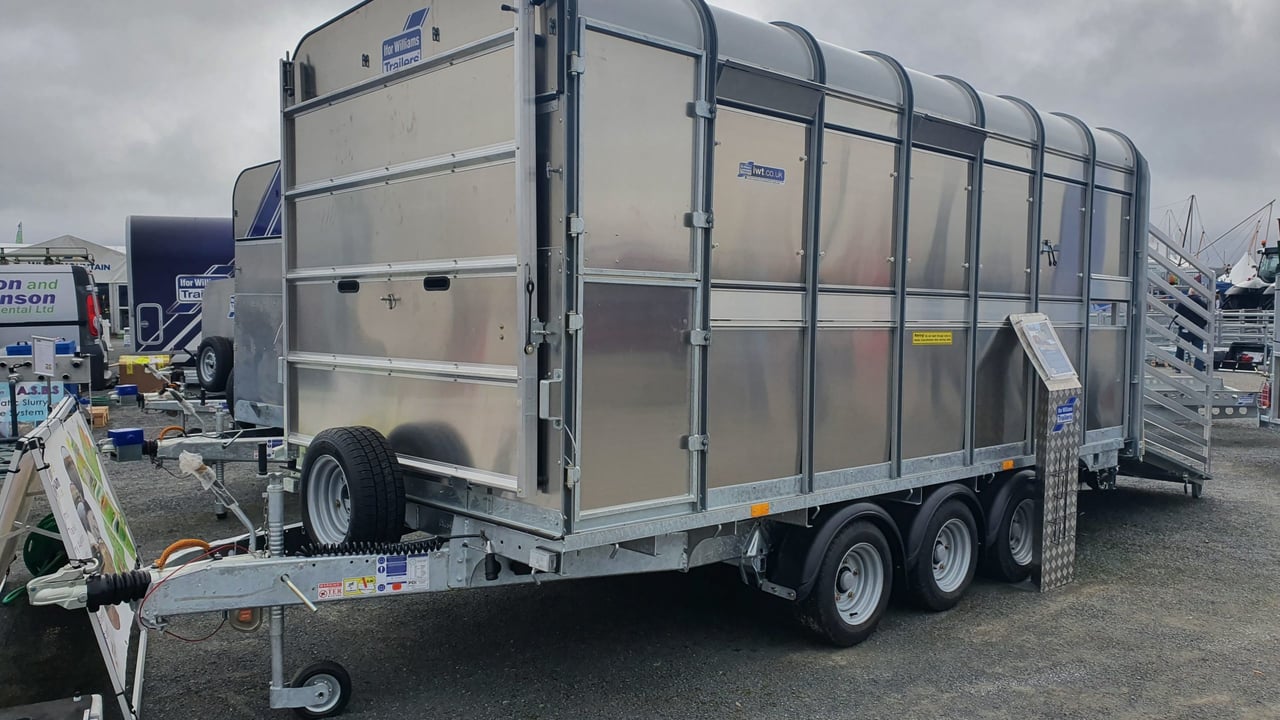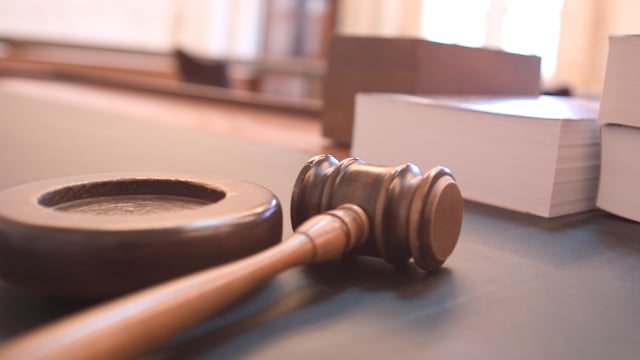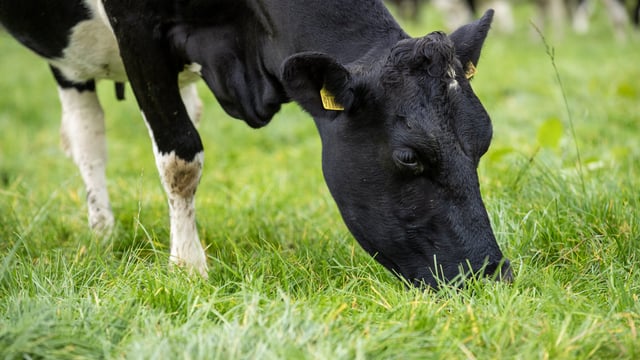Can you tow a livestock trailer on a category B licence?
The rules and permutations on what you can - and cannot - tow with your car or 4X4, such as a livestock trailer or horse box, can give rise to a good bit of confusion, with important differences depending on the category of licence you have.
Depending on your line of work, towing trailers might be a regular thing, especially for farmers and livestock keepers transporting animals to the mart, or to an outfield that requires use of a public road.
The category B licence is the licence you get when you pass a standard driving test. It allows you to drive a car, van or 4X4 on public roads and is the licence that the large majority of people in the country have.
As this is most common type of licence, it it worth considering if farmers can tow a livestock trailer or horsebox on a category B licence.
Well, according to the Road Safety Authority (RSA), you can't - "as a general rule".
This is because the maximum authorised mass (MAM) of both a category B towing vehicle (car, van or 4x4), and a livestock trailer, when added together, would, in the vast majority of circumstances, exceed 3,500kg.
Under a category B licence, trailers may only be towed in the following circumstances:
- The MAM of the trailer does not exceed 750kg; or
- The MAM of the trailer is greater than 750kg but the MAM of both the trailer and towing vehicle combined does not exceed 3,500kg.
In both situations, the towing vehicle must have sufficient towing capacity to tow the trailer.
Importantly, the MAM of a trailer or towing vehicle is not determined by its load at a given time.
Instead, the MAM is the weight of the vehicle itself plus the maximum load it can carry in accordance with its manufacturer's design specifications. It is also known as the design gross vehicle weight (DGVW).
So, while it is not a specific offence to tow a livestock trailer on a category B licence, the RSA says in its literature that it is a "general rule" that this cannot be done, due to the fact that the MAM of virtually all horseboxes and livestock trailers, when added to the MAM of the towing vehicle, would exceed 3,500kg.
A spokesperson for the RSA said: "Most horseboxes/livestock trailers (by their design and intended use) have a MAM, that when combined with the MAM of an appropriate towing vehicle, results in a combined MAM greater than 3,500kg."
In order to tow a livestock trailer, a category BE licence is typically required.
This particular licence allows a driver to tow a trailer even if the MAM of the trailer is greater than 750kg and the MAM of both trailer and towing vehicle is greater than 3,500kg.
However, under a BE licence, the MAM of the trailer must not exceed 3,500kg and the MAM of both trailer and towing vehicle together must not exceed 7,000kg.
Trailers with a MAM over 3,500kg are classed as 'heavy trailers'. According to the RSA, towing heavy trailers requires licences in the categories C1E, CE, DE, or D1E, depending on the type of towing vehicle.
The MAM of a trailer is identified on the manufacturer's statutory plate, which if fitted to the vehicle.
These plates typically identify the MAM, the maximum permissible mass over each axle, and the maximum permissible mass at the coupling point.





